相关文章
暂无评论...
The global market for second hand clothing has been on the rise, driven by increasing consumer demand for affordable, sustainable fashion. This trend has spread to various parts of the world, including South Africa. The question arises: Is selling second hand clothes profitable in South Africa? This article explores the potential profitability, market dynamics, challenges, and strategies for success in the South African second hand clothing market.
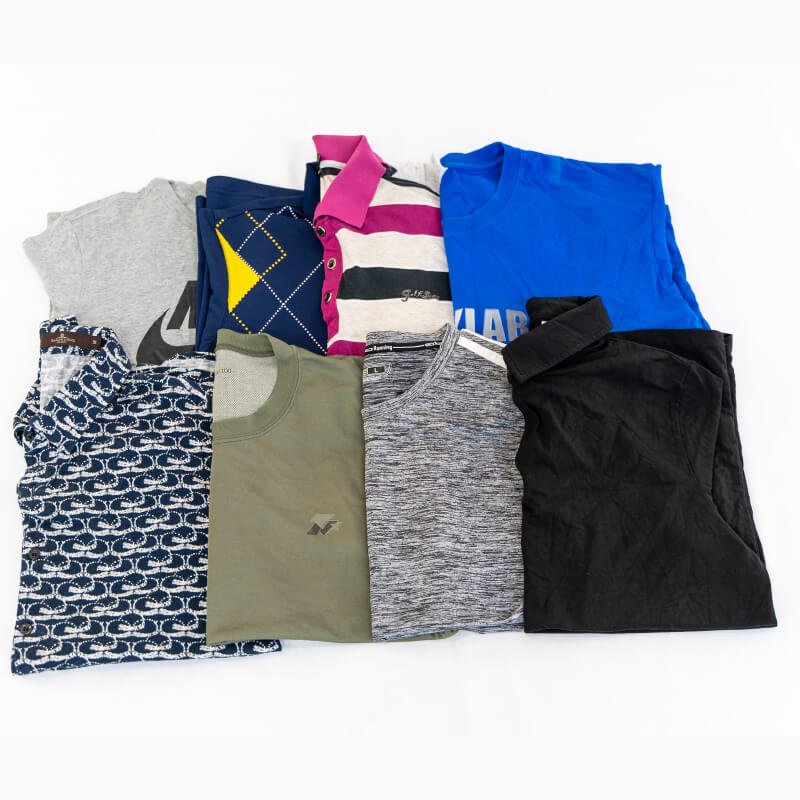
South Africa has a diverse population with varying economic backgrounds, making the demand for affordable clothing significant. Second hand clothes cater to a broad audience, including low-income families, fashion-conscious youths, and eco-conscious consumers. The appeal of second hand clothing lies in its affordability and the unique, often vintage styles that cannot be found in mainstream retail stores.
The second hand clothing market in South Africa relies on both domestic donations and international imports. Charitable organizations, local thrift stores, and international suppliers like Hissen Global play crucial roles in maintaining a steady supply of second hand garments. These clothes are sorted, graded, and distributed through various channels, including brick-and-mortar stores, online platforms, and street markets.
The market comprises small independent retailers, larger thrift store chains, online marketplaces, and informal street vendors. Each of these participants caters to different segments of the population, offering various price points and product selections. The diversity in sales channels allows the second hand clothing market to reach a wide range of consumers across urban and rural areas.
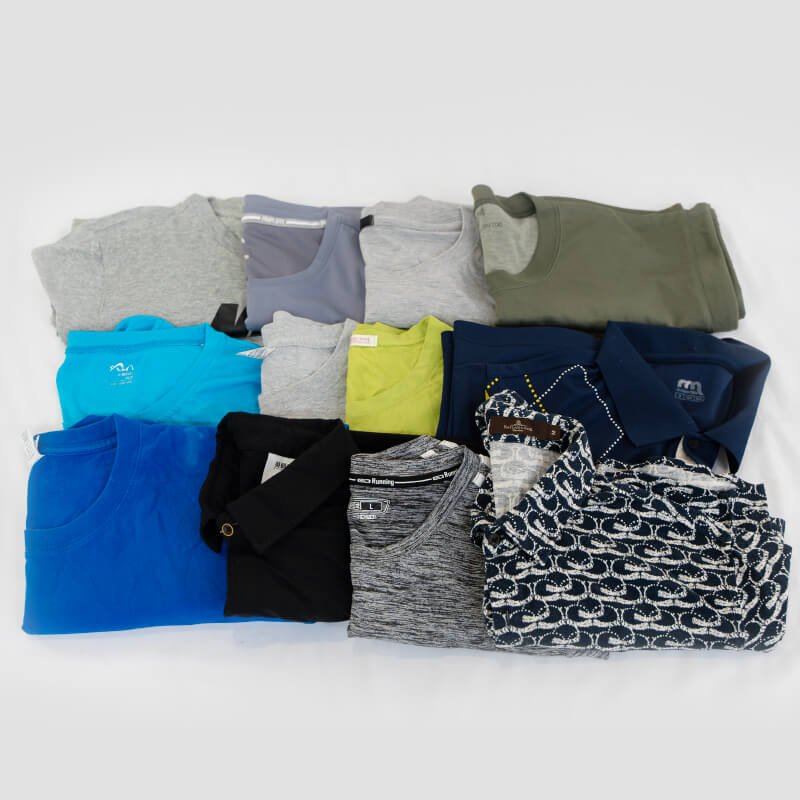
One of the primary factors contributing to the profitability of second hand clothing is the low procurement cost. Used clothes are often acquired at minimal expense, either through donations or bulk purchases from international suppliers. This low cost allows retailers to price their products competitively while maintaining healthy profit margins.
The target market for second hand clothing in South Africa includes low-income households looking for affordable essentials and young people seeking unique fashion statements. Additionally, the rising awareness of sustainable fashion practices has led to an increase in eco-conscious consumers opting for second hand clothes. These diverse consumer segments ensure a steady demand for second hand apparel.
The demand for second hand clothing can be influenced by seasonal changes and economic cycles. For instance, winter months may see higher sales of warm clothing, while festive seasons could drive demand for stylish, unique outfits. Understanding these patterns allows retailers to adjust their inventory and marketing strategies to maximize sales.

Maintaining the quality and cleanliness of second hand clothes is crucial for attracting and retaining customers. Ensuring that the garments are free from damage and properly sanitized can be challenging but is essential for building consumer trust and satisfaction.
Importing second hand clothes into South Africa involves navigating various regulations and import restrictions. These regulations are designed to ensure that the imported goods meet certain quality and safety standards. Compliance with these rules can add to the operational costs and complexity of the business.
The second hand clothing market is competitive, with numerous players vying for consumer attention. Building a strong brand and differentiating from competitors can be challenging. Effective marketing and customer service are crucial for establishing a loyal customer base and standing out in a crowded market.
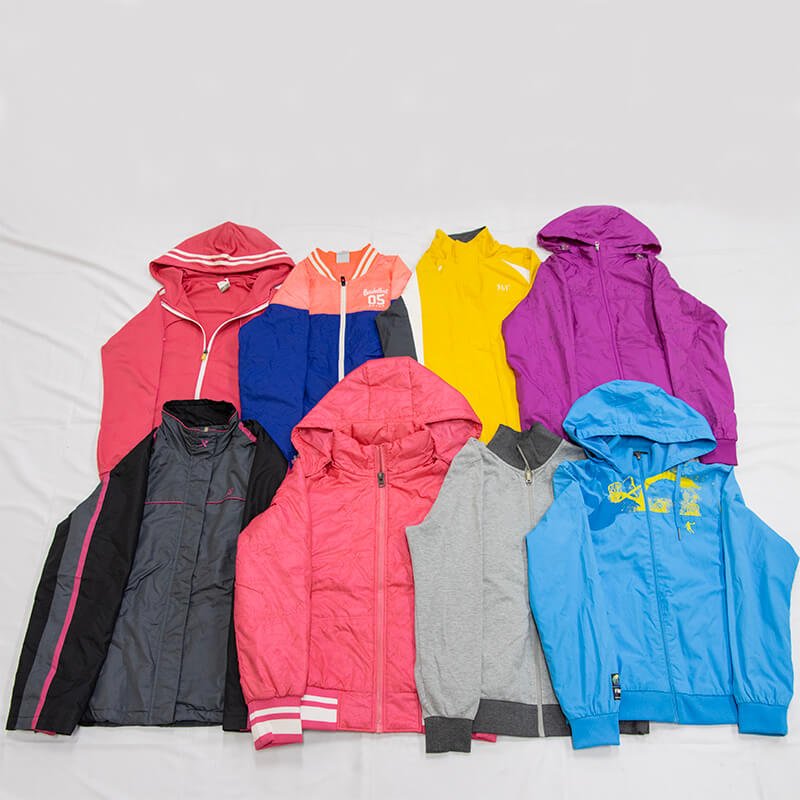
Several local second hand clothing retailers in South Africa have found success by focusing on quality, customer service, and community engagement. These businesses often become integral parts of their communities, offering more than just clothing but also fostering a sense of belonging and support.
Community markets and flea markets are vital for the second hand clothing trade in South Africa. These markets provide a platform for small vendors to sell their goods directly to consumers, often at lower prices than traditional retail stores. They also foster a sense of community and offer a unique shopping experience.
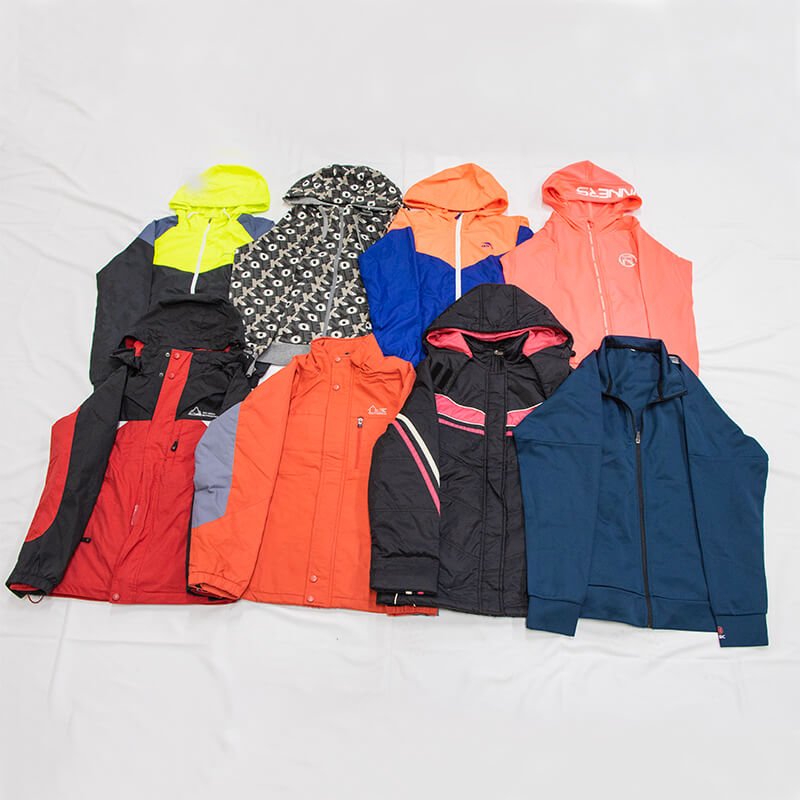
Choosing the right products and managing inventory effectively is key to success. Retailers should focus on sourcing high-quality, fashionable items that meet the preferences of their target market. Regularly updating inventory and monitoring sales trends can help in maintaining a fresh and appealing product range.
Effective marketing is crucial for attracting customers and building a brand. Utilizing social media, influencer partnerships, and community events can help in creating brand awareness and driving sales. Offering exceptional customer service and engaging with customers can foster loyalty and positive word-of-mouth.
Providing excellent customer service is essential for retaining customers and encouraging repeat business. This includes addressing customer queries promptly, offering hassle-free returns, and ensuring a pleasant shopping experience. After-sales support, such as follow-up communications and loyalty programs, can also enhance customer satisfaction.
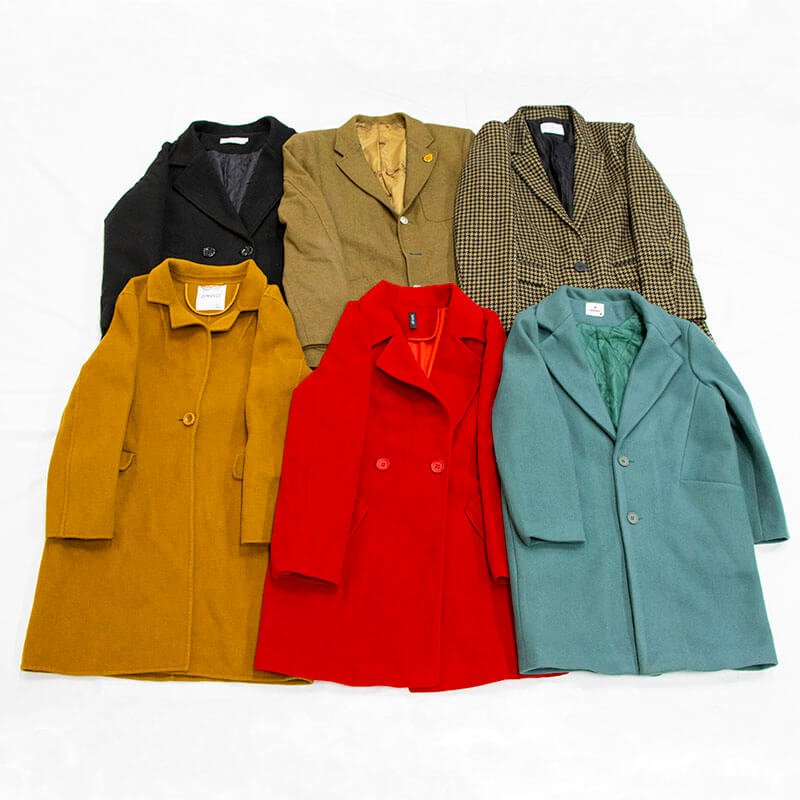
As environmental consciousness grows, more consumers are turning to second-hand clothing as a sustainable alternative to fast fashion. This shift in consumer behavior is driven by a desire to reduce waste and minimize the environmental impact of clothing production.
Second-hand clothing businesses contribute to the circular economy by extending the life cycle of garments. This practice not only reduces waste but also promotes resource efficiency and sustainability. Retailers can highlight these environmental benefits in their marketing to attract eco-conscious consumers.
Engaging in sustainable practices and supporting community initiatives can enhance a retailer’s corporate social responsibility profile. This can improve brand image and attract customers who value ethical and sustainable businesses.
Selling second hand clothes in South Africa presents a profitable opportunity for businesses that can navigate the challenges and leverage the market’s potential. As consumer preferences continue to evolve, the second hand clothing market in South Africa is poised for continued growth and profitability.